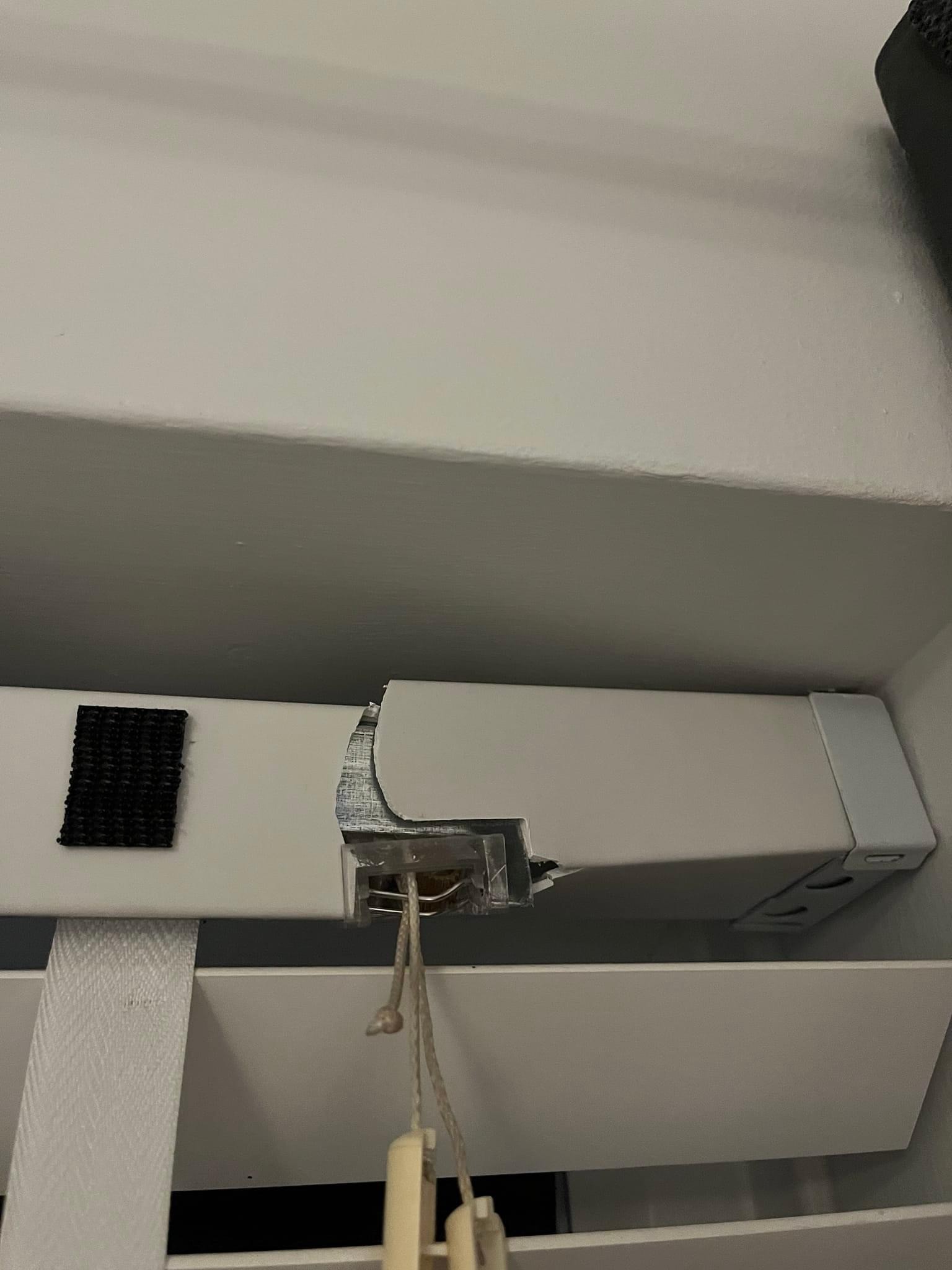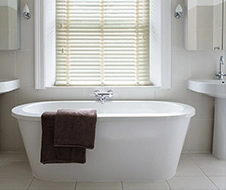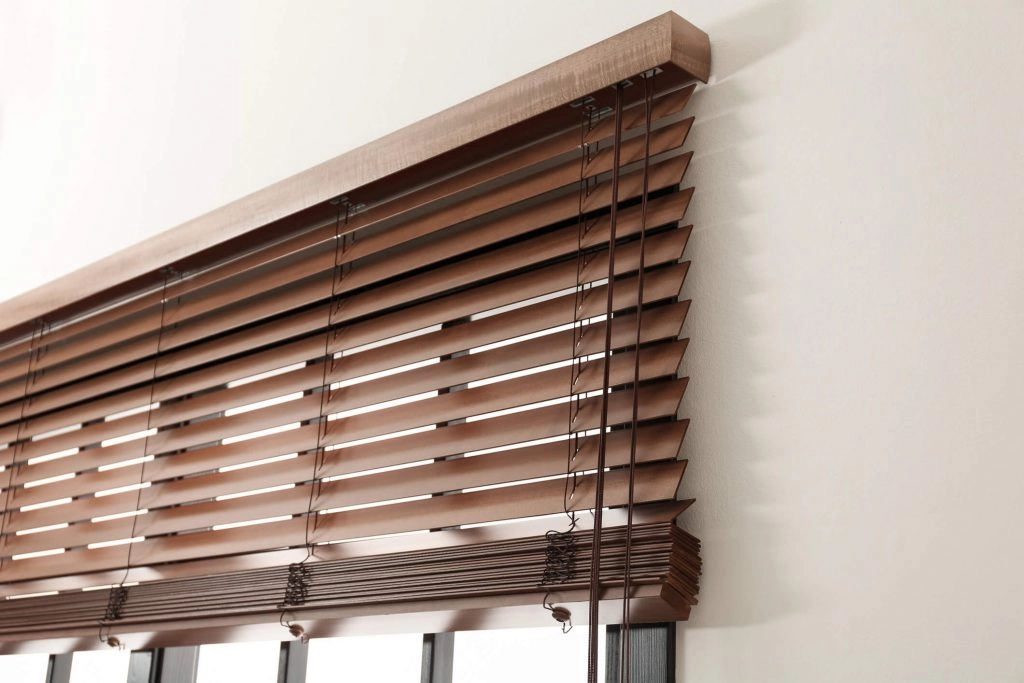They’re Beautiful. But They’re Not Always Practical.
Wooden Venetian blinds are a classic. No argument there. They bring warmth, charm, and that handcrafted look that just works especially in older or character homes.
But here’s the part most companies skip: wood has limits. And if you install it in the wrong spot or with the wrong setup, you’re going to end up frustrated or worse, end up replacing them far too soon.
At Barlow Blinds, we’ve been fitting blinds for over 135 years (and yes, we still get excited about a good window). We believe in telling the whole story not just the pretty parts so you can make a choice you won’t regret later.
Let’s talk about where real wood blinds fall short and what to do about it.
1. They Attract Dust. And You’ll See It.
Wooden slats are flat and solid, which means when dust settles, it stays. And if you’ve got sun pouring through the window, every speck will show.
What We Recommend:
- A quick weekly dust with a microfibre cloth works wonders.
- Want less upkeep? I would recommend you go with Faux Wood. Wipes clean in seconds no stress, no fuss.
2. They’re Heavier Than You Think.
This surprises a lot of people. Real wood adds serious weight especially on wider blinds. That makes them tougher to lift and can wear out cords and damage fixings over time.
What We Do Differently:
- For large spans, we often recommend bamboo same look, way less weight.40% lighter than real wood, and 50% lighter than fauxwood.
- And here’s the key bit: It’s not just about the blind it’s about how they are fitted. We never use the industry standard end fix brackets. We use multifix brackets that spread the weight across the whole blind. If the fixing isn’t great like a plasterboard ceiling on a bay window we just add extra brackets. The reason most of our industry use end fix brackets is because they are free (they are supplied with every blind) We pay extra to use the multifix brackets because doing the right thing sometimes costs a little more.

3. Bathrooms and Kitchens? Nope.
This is where things often go wrong. Steam and moisture are the enemy of real wood. Over time, the slats can warp, fade, or even crack.
Our Honest Take:
If you’re fitting blinds in a steamy bathroom or a kitchen that sees daily cooking, go faux. It looks just like wood but handles moisture like a pro.

4. They’re Pricey But Don’t Always Last Longer
Real wood blinds sit at the higher end of the pricing scale. But if you’re using them in the wrong room (hello, humidity), they can wear out faster than cheaper options.
How We Help You Decide:
Our aim is always to install the best blinds we can, not the most. Things usually become clear after asking some questions as to which venetian blind would be the best option for each room.

If you really want to dig deeper into the pros and cons of wooden venetian blinds here is a link to the BBSA blind industry experts independent product guide for Fauxwood and Wooden Venetians Product Guides
FAQ No Fluff. Just Answers.
Are wooden blinds hard to clean?
Yes. Dust settles fast. Faux wood are easier and more robust to keep spotless.
Can I use wooden blinds in my bathroom or kitchen?
We wouldn’t. Use faux wood instead they are made for wet, steamy spaces.
Why are wooden blinds heavy?
Because, well… they’re solid wood. We counter this with better brackets and lighter options when needed. Consider Bamboo that will give you exactly the same look but is 40% lighter.
What’s the best alternative to real wood?
Bamboo or faux wood, they give you the timber look without some of the drama.
Why We Tell You the Stuff Others Won’t
We’re not here to sell blinds. We’re here to help you make smart choices that actually work for your home.
My grandad had a saying “It is not our job to find customers for our blinds, it’s our job to find the right blinds for our customers”
That’s what 135+ years in this business teaches you. Beautiful is good. But beautiful and practical? That’s what really matters.

About Phil Coleman
Phil Coleman is the fifth generation of his family to run Barlow Blinds, a Leicester business that has been making blinds since 1887. With over 30 years of hands-on experience, Phil has played a leading role in shaping industry standards including being part of the team that wrote the only NVQ qualification for blind and shutter installers. He also serves on the Management Committee of the British Blind & Shutter Association (BBSA), helping to set best practice across the trade. Under his leadership, Barlow Blinds has remained true to its founding principle: “It’s not our job to find customers for our blinds, it’s our job to find the right blinds for our customers.”


